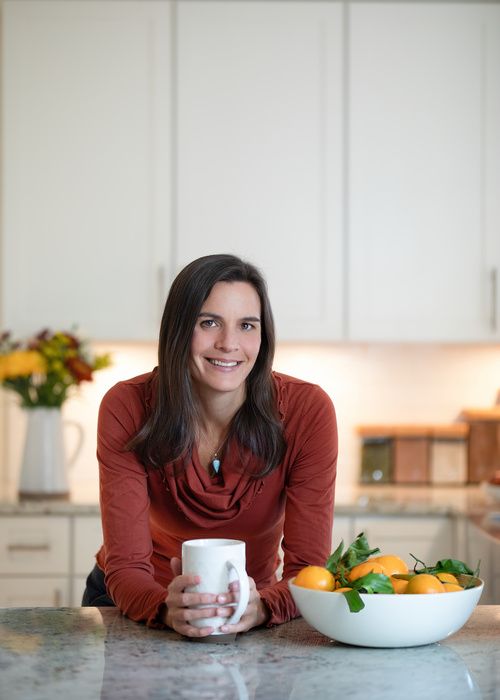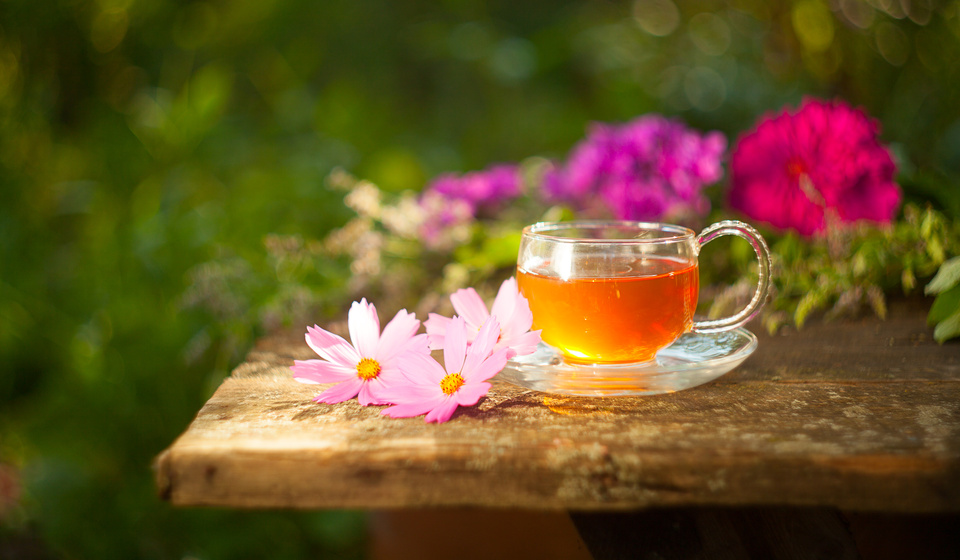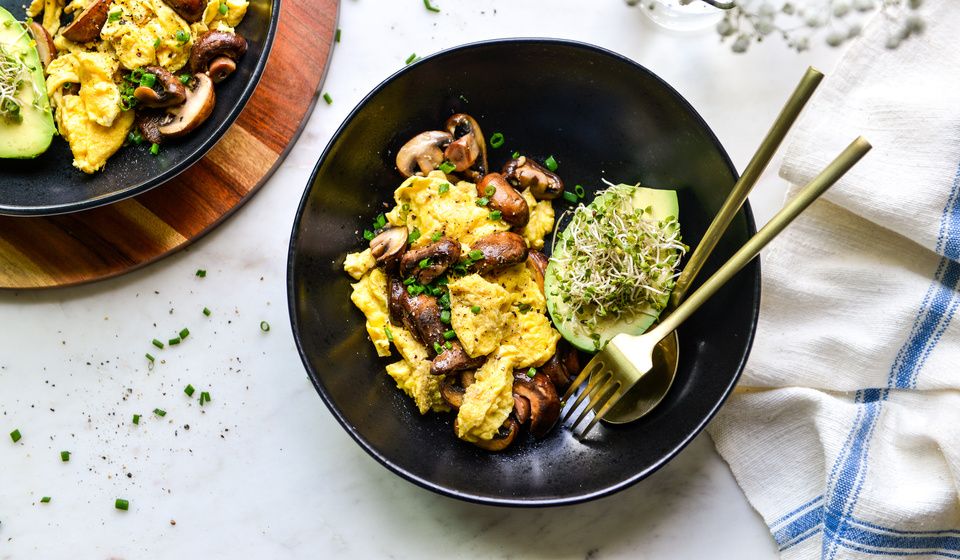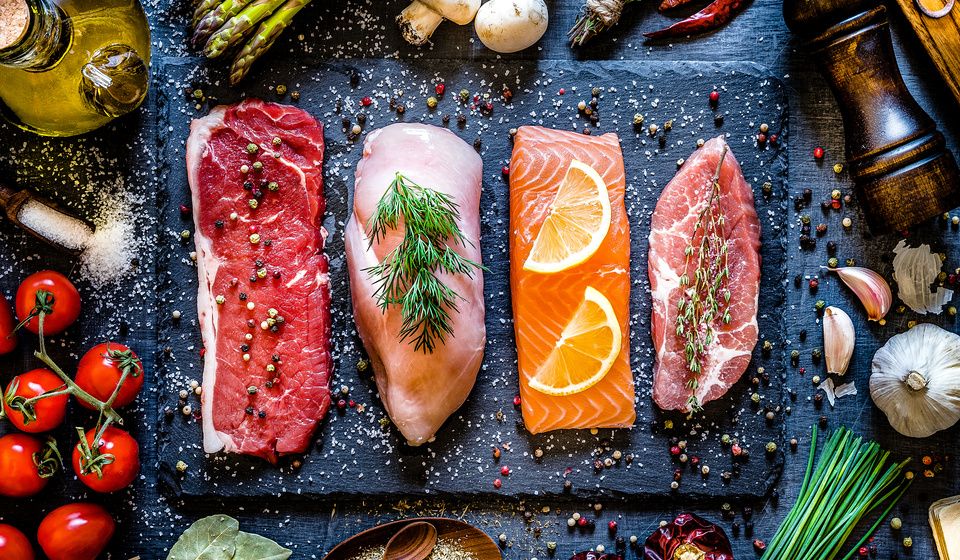Clear the Clutter Within: Detoxing Your Home, Body, and Daily Rituals
Ali Segersten May 28, 2025
The path to health isn’t just about what you eat, but also about what you absorb, inhale, and surround yourself with every day. During this past month of The 12 Gifts of Health, we’ve explored how food and environmental toxins can silently burden the body. Now, we’ll take a closer look at common household products, personal care items, cookware, and everyday exposures—and simple ways to reduce their impact.
Your home environment is an extension of your inner terrain. And many of the products marketed as clean, fresh, or soothing may actually be silently interfering with your body’s natural rhythms. Synthetic fragrances in air fresheners, dryer sheets, and candles often contain phthalates—chemical disruptors that interfere with hormones, affect mood and sleep, and build up in the body over time. Personal care items like lotions, makeup, and shampoo may be laced with parabens, triclosan, and synthetic dyes, all of which absorb through the skin and can impair detoxification pathways.
But here’s the good news: every small swap is a step toward lightening your toxic load.
In my own home, I use 100% pure essential oils to clean, refresh, and nourish. A few drops of lavender or lemon oil in vinegar make a powerful all-purpose cleaner. About 10 drops of orange essential oil on a warm rag will lift grease right off the stove and hood—something I do every few days in my kitchen.
A diffuser with sweet orange or clove warms the air more naturally than any synthetic candle ever could. This body butter recipe is one of my favorite ways to soothe and hydrate the skin using simple, nourishing ingredients. For my face, I reach for pure shea butter or a few drops of jojoba oil blended with rose or frankincense essential oils—rituals that support, rather than stress, the body.
This is your invitation to take a closer look at what surrounds you.
To choose what truly nourishes.
Common Hidden Toxins in the Home Environment:
Let’s begin by naming what may be burdening your system:
1. Xenoestrogens
Xenoestrogens are synthetic chemicals that mimic estrogen in the body and disrupt hormonal balance. They’re found in:
- Fragrances (perfume, scented lotions, air fresheners)
- Plastics (especially BPA and phthalates)
- Parabens in skincare and cosmetics
- Pesticide residues on produce
These compounds can contribute to estrogen dominance, PMS, mood imbalances, fatigue, and even hormone-driven cancers.
2. Toxins in Personal Care Products
Your skin is your largest organ—and what you put on it matters. Many conventional body care products contain:
- Parabens – estrogen-mimicking preservatives
- Triclosan – antimicrobial agent linked to thyroid disruption
- Synthetic fragrances – often a hidden blend of phthalates and solvents
- Formaldehyde-releasing preservatives – such as DMDM hydantoin and quaternium-15
- Petroleum-based ingredients – such as mineral oil and petrolatum, which can trap toxins in the skin
What to choose instead:
Look for products with short, recognizable ingredient lists. Fragrance-free or naturally scented options made with pure essential oils. Or go back to basics with single-ingredient oils like shea butter, jojoba, or coconut oil. Castor oil works beautifully in place of mascara!
3. Toxins in Cleaning Products
Many household cleaners contain:
- Ammonia – respiratory irritant and possible neurotoxins
- 2-butoxyethanol – found in window cleaners, linked to liver and kidney damage
- Fragrance and dyes – contain phthalates and potential allergens
- Quaternary ammonium compounds (quats) – antimicrobial agents linked to respiratory issues and skin irritation
Swap with:
- White vinegar + baking soda + essential oils
- Castile soap-based cleaners
- Cotton cloths with warm water for simple daily wiping
- Hydrogen peroxide for disinfecting
4. Non-Stick Cookware
Conventional non-stick pans often contain PFAS (per- and polyfluoroalkyl substances), also known as “forever chemicals.” These compounds are linked to:
- Mitochondrial damage
- Endocrine disruption
- Immune dysfunction
- Increased risk of cancer and thyroid issues
Safer swaps include:
- Cast iron
- Stainless steel pans and baking sheets
- Enamel-coated cast iron (like Le Creuset)
- Glass or ceramic for baking
5. Plastics in the Kitchen
Plastic storage containers, utensils, wraps, and bags can leach hormone-disrupting chemicals—especially when exposed to heat, oils, or acidity. Even BPA-free plastics often contain other bisphenols like BPS or BPF, which can be equally disruptive.
These compounds have been linked to:
- Estrogen mimicry and hormonal imbalance
- Insulin resistance and blood sugar disruption
- Oxidative stress and mitochondrial dysfunction
- Accumulation in body fat and interference with detoxification
Safer swaps include:
- Glass storage containers
- Mason jars for leftovers and dry goods (I use gallon glass jars for grains, legumes, and flours)
- Stainless steel lunch boxes or bento boxes
- Beeswax wraps instead of plastic wrap
- Wooden or stainless steel utensils
- Avoid microwaving food in plastic
6. Filtered Water and Air
Even your water and air can be sources of toxic burden. Tap water may contain:
- Chlorine
- Fluoride
- Pesticide runoff
- Heavy metals like lead or mercury
- PFAS and microplastics
Indoor air pollution can come from off-gassing furniture, cooking fumes, candles, and cleaning products.
Supportive swaps:
- Buy a high-quality water filter (such as a gravity-fed filter)
- Use a HEPA air purifier indoors when air quality is poor
- Open windows often for ventilation
- Use beeswax candles or a diffuser with essential oils instead of synthetic fragrances (get rid of all paraffin-based candles)

Clear the Hidden Toxins. Reclaim Your Wholeness.
When you begin to remove what burdens your body, you create space for energy, clarity, and healing to return. Your daily rituals—what you use on your skin, in your home, and around your food—can become consistent supports for healing rather than hidden sources of stress.
You don’t need to do everything at once. Start with one simple change. Then another. These small shifts add up, reducing toxic burden and allowing your body to do what it’s designed to do.
If you’d like guidance on where to begin, revisit Gift #5 of The 12 Gifts of Health, where I outline the most impactful dietary and environmental stressors to remove first. Or explore How to Do a Detoxification Diet to learn how food can actively support your detoxification pathways once the load is reduced.

About the Author
Alissa Segersten, MS, CN
Alissa Segersten, MS, CN, is the founder of Nourishing Meals®, an online meal-planning membership with over 1,800 nourishing recipes and tools to support dietary change and better health. As a functional nutritionist, professional recipe developer, and author of The Whole Life Nutrition Cookbook, Nourishing Meals, and co-author of The Elimination Diet, she helps people overcome health challenges through food. A mother of five, Alissa understands the importance of creating nutrient-dense meals for the whole family. Rooted in science and deep nourishment, her work makes healthy eating accessible, empowering thousands to transform their well-being through food.Nourishing Meals Newsletter
Email updates.






Add Comment